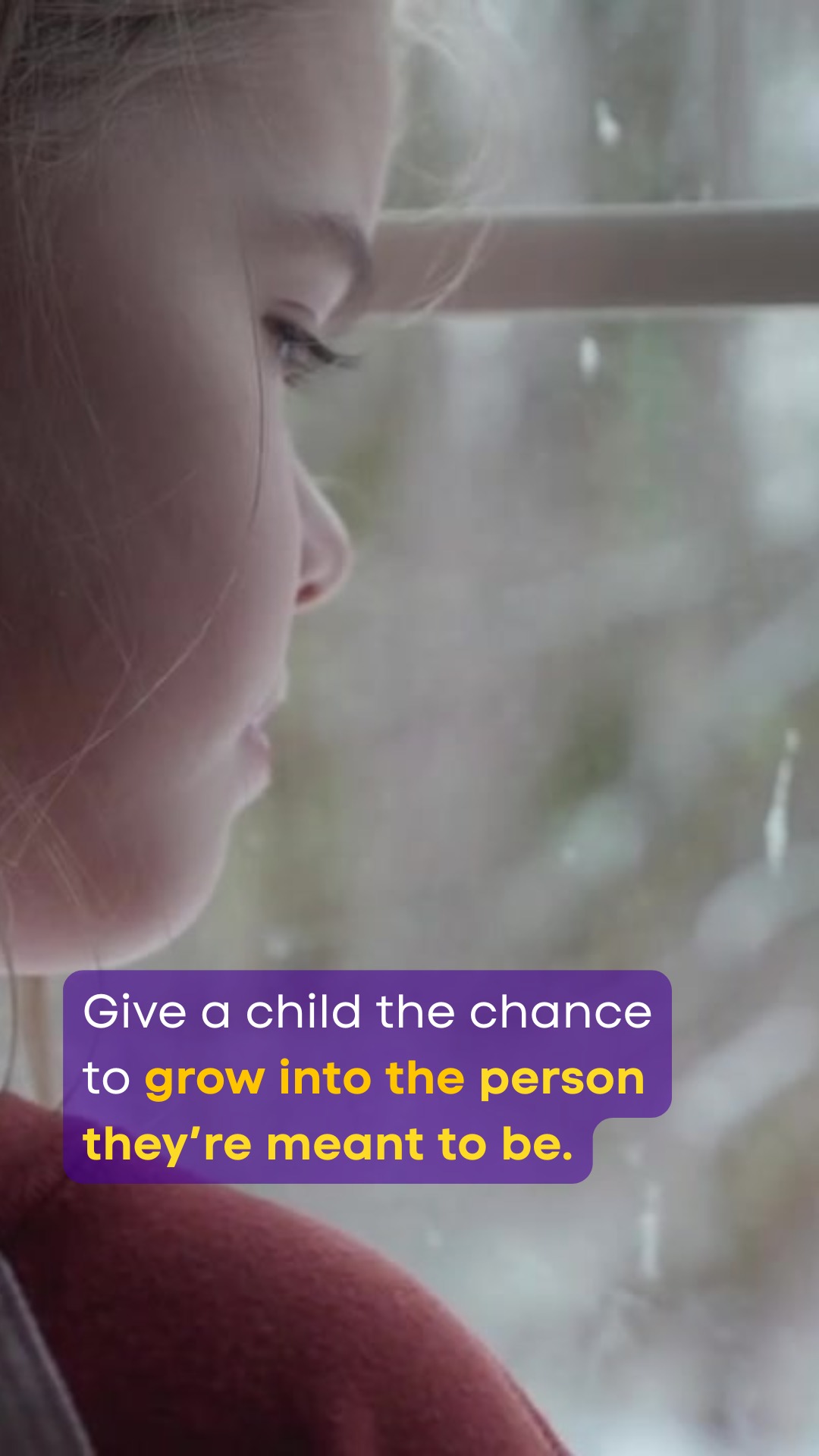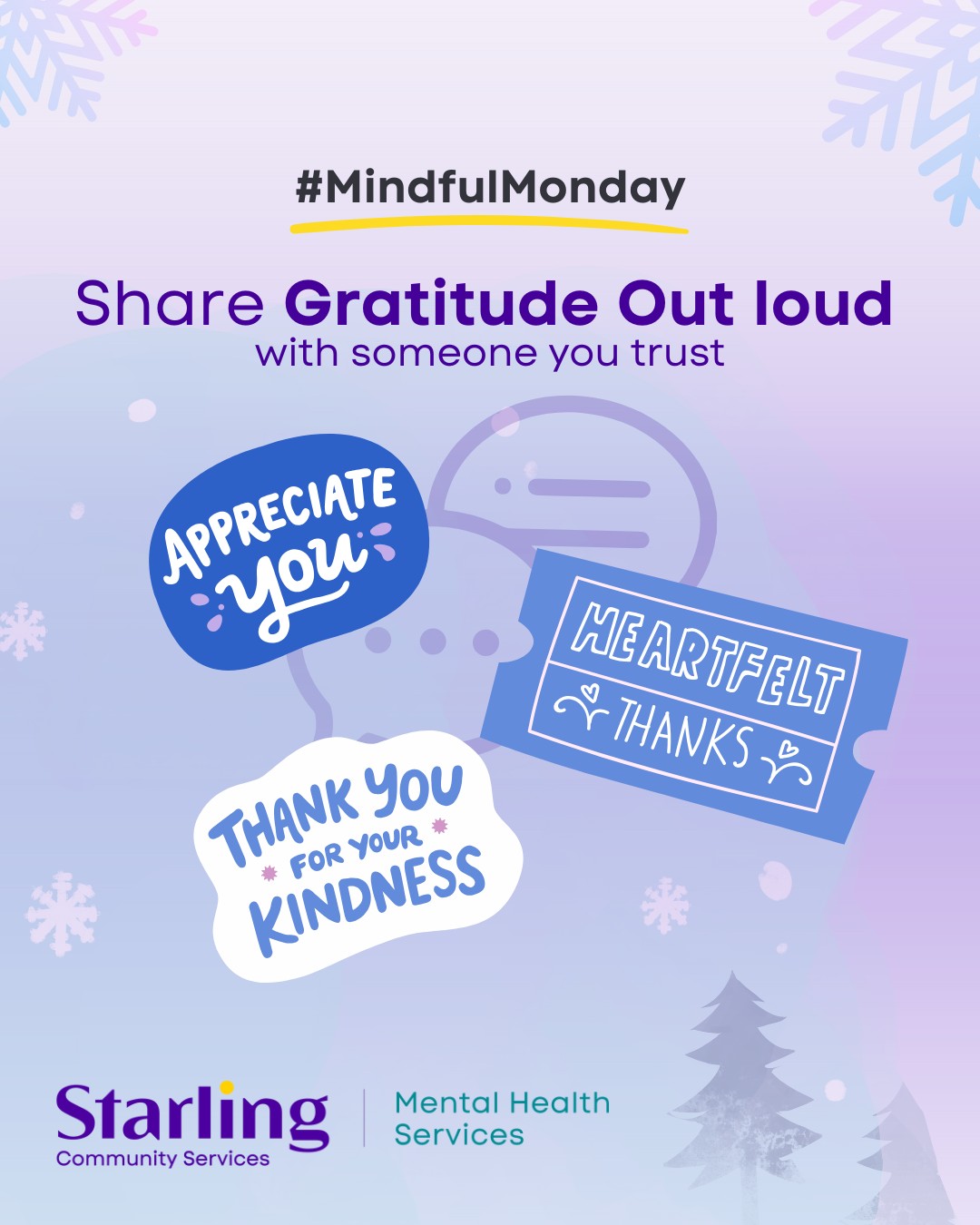Common Thinking Distortions and How To Combat Them


Common struggles associated with mental illnesses are what are referred to as “Thinking Distortions”. In other words, our brains try to convince us that certain thoughts are true, rational and accurate, when in truth, they are anything but.
These distortions aren’t just present in the minds of those that struggle with their mental health. Everyone, to one degree or another, could analyze their thoughts and find at least one, if not more, thinking distortions that they could work on to try and improve their mental well-being.
Here is a list of a few of the most common Thinking Distortions (from the Mental Health Commission of Canada). Do any of these sound familiar with how your youth sometimes expresses their thoughts? Some of these distortions are so deeply rooted into the way people think and speak that we don’t notice them until they are pointed out to us.
Black and White Thinking – Seeing things through an all-or-nothing lens. “I ate a cookie. My whole diet is ruined, and I’ll never lose weight.”
Catastrophizing – Thinking of the worst imaginative results to a situation that may be negative. “My friend cancelled on me; she probably doesn’t like me anymore. None of my friends do. I’m all alone.”
Personalization – Thinking that everything is all about you, but in a negative rather than selfish way. If someone is in a bad mood. You caused it. If you have a fight with someone, it’s all your fault.
Mistaking Feelings for Facts – “I feel like a failure, therefore I am a failure.”
Selective Thinking – Only remembering the negatives about a situation, conversation, entire day, or even relationship.
Here are some starting point tips for how to help your teen train their brain to be gentler and more realistic with itself and their thoughts:
1) Help them recognize their thought as being distorted. There are many examples of Thinking Distortions, here is a List of 50 from Psychology Today. After they have recognized and labelled their distortion, have them write it down. See if they can figure out what is distorted about the thought and re-write it in a more realistic way. To use the black and white thinking example. “One cookie won’t ruin my diet. I can get right back on track with eating healthy and try to resist the cookie in the future.”
2) Ask them if their thought is opinion or fact. “I am a failure” is an opinion. “I failed this math test” is a fact. Remind them that their opinion isn’t necessarily the truth.
3) Ask them if their thought is reasonable. Would they say “You are a failure” to a friend? What would their reaction be if that friend said, “I am a failure”? Remind them to treat themselves with as much kindness as they would a friend, or as they would want others to treat themselves.
It isn’t easy and it takes time but even a little bit of daily awareness and practice of these tips can make a difference to the way your teen thinks, which could help to improve their self-esteem, their confidence, and their lives.
Positive Psychology is a great resource of more information on Thinking Distortion definitions and tips, videos and free worksheet downloads.
Instagram Feed
"My Employment Advisor was surprised; she had no idea I had a hearing loss. But after I told her, she did everything in her power to help me not only get a job, but also get hearing aids. I can't help express how happy I am."












